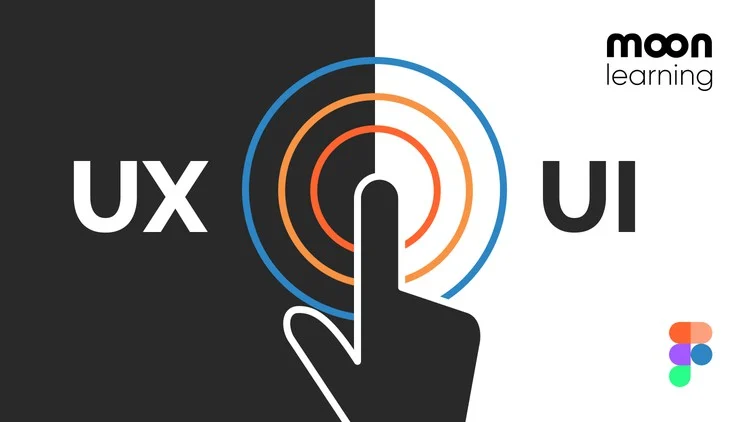Description
Key Topics Covered
- Introduction to UX/UI Design
- Overview of UX and UI design and their importance in creating user-friendly products.
- Key differences between UX and UI.
- The role of UX/UI designers in the product development process.
- Design Thinking and Problem Solving
- Introduction to the Design Thinking process: Empathize, Define, Ideate, Prototype, and Test.
- How to approach a design problem and generate user-centered solutions.
- User-centered design principles and why they matter.
- User Research and Personas
- Conducting user research: surveys, interviews, observations, and usability testing.
- Creating and using user personas to understand user needs and behavior.
- Defining user goals, pain points, and expectations.
- Wireframing and Prototyping
- Introduction to wireframing: What it is, when to use it, and how it fits into the design process.
- Low-fidelity wireframes vs high-fidelity prototypes.
- Tools for creating wireframes and prototypes (e.g., Figma, Adobe XD, Sketch).
- Prototyping for user testing and iteration.
- Information Architecture and Navigation Design
- Organizing content and structuring information for ease of access.
- Creating sitemaps and user flows to map out navigation.
- Designing clear and intuitive navigation systems.
- UI Design Principles
- Basic principles of visual design: color theory, typography, spacing, alignment, and contrast.
- Creating visually appealing and accessible user interfaces.
- Designing with consistency: creating a design system and style guides.
- Responsive Design and Mobile-first Approach
- Designing for different screen sizes and devices (mobile, tablet, desktop).
- Understanding the mobile-first design philosophy.
- Using responsive design techniques to create flexible layouts.
- Usability Testing and Iteration
- Conducting usability tests to gather feedback from real users.
- Identifying areas for improvement through user testing.
- Iterating on designs based on user feedback and testing results.
- Collaboration with Developers and Stakeholders
- Understanding the collaboration process between designers, developers, and product managers.
- Communicating design decisions and rationale effectively.
- Tools for collaboration (e.g., Figma, Zeplin, InVision).
- Creating a Portfolio and Preparing for UX/UI Design Careers
- Best practices for creating a strong UX/UI design portfolio.
- Showcasing design processes, case studies, and final designs.
- Job search tips and preparing for interviews in the UX/UI field.
Course Objectives
By the end of this course, students should be able to:
- Understand the Fundamentals of UX/UI Design
Gain a solid understanding of what UX (User Experience) and UI (User Interface) design entail and how they work together to create user-centered digital products. - Master the Design Thinking Process
Apply the Design Thinking methodology to solve real-world design problems, focusing on empathy, research, and iteration. - Conduct User Research and Develop Personas
Learn how to conduct user research, create personas, and understand user needs and behaviors to inform design decisions. - Create Effective Wireframes and Prototypes
Develop the skills to create low-fidelity wireframes and high-fidelity prototypes to communicate design ideas clearly and effectively. - Design Intuitive Information Architecture
Organize and structure information in a way that makes it easy for users to navigate and interact with the product. - Implement UI Design Principles
Apply core visual design principles, such as typography, color theory, and layout, to create aesthetically pleasing and functional user interfaces. - Apply Responsive Design Techniques
Design for multiple screen sizes and devices, ensuring that the product works seamlessly across desktop, tablet, and mobile platforms. - Conduct Usability Testing and Iterate Designs
Conduct usability testing sessions to gather feedback and make informed design decisions that improve the product’s overall user experience. - Collaborate with Developers and Stakeholders
Develop the ability to effectively communicate design ideas with developers and stakeholders, using design tools for collaboration and feedback. - Build a Portfolio to Showcase Your Skills
Create a portfolio showcasing your design work, including case studies, prototypes, and a process-driven approach to problem-solving.







Reviews
There are no reviews yet.